Archive for the ‘Understanding Child’s Art’ Category
Creating Art Space For Children
Author: utbt15 Aug 2011
Part 7 of many.
Tharini, this is for you. What now seems like ages ago, I promised you that I will do a post on setting up an art space for children. Months passed and you have already created an art space for the boys….Better late than never and never to break promises….so here it goes.
Let us begin with the basic premises:
– It is the process, not the product.
– You are aware of your child’s age, capabilities and interests.
Age: Which means that your very young child will not have a sense of boundary. Provide her with a big canvas. Do not give her a 8 X 11 and expect her to create within it.
Interest: Some children do not like wet paint. It does not make them any less of an artist.
In my opinion for children age 2yrs – 6yrs, the popular art activities are play dough, cutting, pasting, crayons, wet paint, shaving cream, stamping. I have two or three variations of these in my art shelf and keep rotating them. A simple change paves way for new creative energy. Some typical things I rotate are
Playdough
Week1 – Play dough + roller and cookie cutter
Week2 – Play dough + moulds
Week3 – Playdough + extruder
Wet paint variations
Week1 – finger painting
Week2 – brushes
Week3 – spin art
Week4 – liquid water color
Regarding colors, there are philosophies about what we must give children. Montessori believes in starting with one color at a time, because the children must enjoy the process – fluidity of paint, hand eye coordination, brush control and learn their boundaries. Giving them too many colors distracts them from the process. The second step would be to give them the primary colors ONLY and let them create the secondary colors. Waldorf believes in chunky crayons in all colors and emphasizes pastels in their environment. So pick something practical that would work for you.
I knocked off the doors of a dining nook, which gave me two decent sized shelves. To organize, I picked up four file trays from IKEA. Right next to the shelves I placed our IKEA easel. Voila, our art space. Now some pictures for you.
One side printed paper, some collage material I find interesting, paper grocer bags cut and flattened, construction paper are the other supplies I have in the trays.
Good luck with your art space peeps!
Resources
Author: utbt23 Jan 2010
Part 6 of many.
Books like Pranav’s Picture, Harold And The Purple Crayon, Dot and Ish are very helpful for the parents to understand the creative process. I have reviewed these books for Saffron Tree. I reviewed, also for Saffron Tree, a few books that have open ended art exploration ideas.
You can find some awesome projects in Sheela’s blog. Some how god gave her 44 hours in a day and an extra truckload of patience. I especially loved this and this. Imagine the fun you and your child will have doing this.
If you are planning on introducing art history or working with your child to recognize elements of a painting books, don’t fear. There is a cartload of books available. My personal favorite is Lucy Micklethwait and Usborne’s The Children’s Book Of Art.
Books like Can You Find It, When Pigasso Met Mootisse, Oooh! Picasso and Look!Look!Look! are very effective when you can follow it up with a trip to a museum.
One thing I am constantly struggling to achieve is a definitive art space for the kids at home. Also what are the basic supplies one needs? If you have the same questions, don’t fear the Camp Creek Blog is here. Check out the right hand side links for ART LESSONS and also posts under CARD CATALOG ->in the studio. That was the basic I started off with.
That pretty much summarizes all that is in my mind. Now I am throwing the subject of art appreciation open to you all.
On the subject of appreciating your child’s art, what do you do when you child shows you her art? Do you say good job? Do you define what she has created? Do you say, “Oh is that a butterfly?” In that case are you prepared to meet an answer like, “No it is you amma. I drew you.” Do you ask her to define her own work and in the process tell her that what she creates must be something that fits in to definition? What do you all do as parents?
Another thing I am trying to get a grasp of is how to store all the art they churn out. On an average day there are atleast 5 papers per child. On top of this there is their usual academic work from school. What do you all do?
So long folks. Have a great day.
How To Teach Art To A Young Child?
Author: utbt18 Jan 2010
Part 5 of many.
Okay the survey results are as follows:
92% played with Fevicol and loved it.
44% loved coloring and erasing with markers, 20% yes on only coloring, 20% yes only on erasing.
92% loved pencils and sharpeners.
Candle wax seems to be the biggest hit with 96% love.
57% did not like ripping newspaper. What a bummer?! I strongly recommend you guys try it. It is such a cathartic release.
50% love swirling paint, 28% like it, 14% are okay with it.
72% make rainbows in the shower and I am happy to announce that we all believe in showers and soap.
57% rolled chapathi dough and then ate it. 38% played and discarded the dough.
62% did not scribble in the house, no experimentation and wondered about my mother’s reaction.
My grand conclusion based on the poll results…….
As children, most of us just played for the sake of playing, without bothering about what we produced at the end of it. These are the found memories that we carry with us. These are the memories that we might have forgotten, but when kindled, put a smile on our face. This is process orientation. This is what your young child is doing. Just doing something and taking pleasure at that moment without a bother about the past, future, accolades, recognition, praise and the mess. Soon they are going to grow up and slowly get in to the product oriented mode. For now, just let them be.
This, my dear peeps, is the ulterior motive behind the survey.
Give them the art materials. Give them the space. Give them the freedom. Stand back. Let go. Let them play. Let them discover, understand and love their material. If you feel like they have to create something meaningful to an adult, get in touch with your Fevicol days. Set limits. Like for example, paint only on designated area. Because, not many of us have studio work space. So, parents need to set limits to protect the walls, furniture and carpet. If it is their first time with paint or messy material sit with them to make sure that they understand their limits. Children and mess, many a times it is not intentional, they just cannot help themselves. Even better, sit with them and participate without taking over or interfering. It provides the children with a good model and you get to realize how much fun the whole process is.
The first six years of their life, children learn their world and express their thoughts through art. So it is essential that parents understand that the process is ‘learning about the world and communicating through art’ which later, around age 7+, becomes ‘art through learning and communication’. You cannot ‘formally teach’ a three-year-old-child to make art, but you can show them the different ways to explore.
When it comes to tips, techniques and pointers, there are overwhelmingly large number of resources. But when I look for open ended art exploration for the preschool age, I carefully avoid projects that have a finished product to show for. But, hey, it is just me. Given my personality, I have to consciously stop myself from controlling what the children do. In my opinion, when we follow some one else’s instruction and strive towards a finished product, it is craft. Not that craft is any lesser, but it is some one else’s baby, not mine.
Coming up next: List of resources for open ended art and books on art appreciation.
A Trip Down Memory Lane
Author: utbt15 Jan 2010
Part 4 of many.
We all would have colored, painted, made some kind of art as a kid. Many of us do it even now. So dip in to your memory bank or your current experiences and answer some questions.
There are just 10 questions. and you can choose to be anon. So don’t be intimidated. 9 questions are about you and the last question is for me. Indulge me please. Pretty please with a cherry on top ???
You will see only one question at a time. I have provided some answers. For folks who want to tell more there is a text area. After you answer click on next. Please make sure you answer all 10 questions.
Survey will be open till Jan 18, 4.00PM PST.
Get…Set…Go 🙂
**********************************
Is Art Nature Or Nurture?
Author: utbt13 Jan 2010
Part 3 of many.
A child comes in to this world all geared up for survival. Think about it. Who taught this itty-bitty thing to latch on, to suck from the breast, to root, to paddle while in water, and imitate walking? All this within minutes after birth? The only explanation is new born brain is wired to handle certain reflexes. Few other things the newborn brain is designed to do is to communicate, to absorb language and to bond. These are the essential tools for survival.
If one looks at language development, music development and art development in children, it follows the same pattern. Language for example, children start with receiving language before they start talking. Talking comes in a certain order. They start with cooing, progress to babbling, figure out everything has a name and hence understand symbolism, start to say single words, move on to telegraphic speech and then comes the talking.
Children view art as a form of communication, especially in the first three years. They understand the concept of communication – thinking up something and expressing it to other people. Then they understand that communication can be using words or physical body movements like pointing gesturing etc or using paper and pencil/crayon. (The beauty about art as a tool for communication is that children use it to communicate to themselves at times. They think of a visual idea and many a times putting that visual on paper clears a lot of things for them) By this time they are masters in cause and effect, otherwise they wouldn’t know that pencil causes an impression on paper. They are developing hand-eye co-ordination and fine motor skills, otherwise they cannot manipulate the pencil to make marks on paper. We are talking about a 12month – 18month old child now.
Just like talking there are stages in drawing. Once there was a nice lady called Rhoda Kellogg. For 18 years she collected one million drawing sample of children in a certain age group. She researched the scribbles and concluded that
- Children first explore the art material, euphemism for your child eating crayon or grinding pencil. Or like in our house, a person who shall not be named painting their younger sister’s freshly tonsure head with red paint. And another person who shall not be named allowing their older sister to paint her head but insisted and rolled on the floor crying that her face needs to be painted too.
- Then they scribble. Children have 20 basic scribbles. Not all children use all the 20 scribbles, but they favor certain scribbles based on their intelligence style.
- They extend their scribbles, like making X and something resembling shapes. Invariably all children draw the circle as their first enclosed space. Happy face and sun figure in most of the children’s drawings. Then they combine shapes and such. This is when they draw ‘the house’ with one triangle for roof and a rectangle/square for the bottom. Even though they live in apartments with flat roof, they draw A-line roofs in their drawings!!
- Then they repeat and repeat and repeat, till they refine their style, placement, materials and they evolve their own individual style. By this time your child is six years give or take.
Are you blown away? Did your jaws will drop? Mine did when I first read about it 🙂
If one were to debate if art is nature or nurture, I would say both. When it comes to art, there are two things there is appreciation and there is creation. An artist is a person who has the ability to appreciate what she sees, figure out what makes the maximum impact on her, break it down in her brain in to simple elements and create it using a medium. The first part, appreciating what they see and capturing the main elements of the images that make the maximum impact on them comes naturally to young children (6 and under). Plus they are process oriented. Hence my belief that children are born artists (NATURE). As they grow up, they either grow in to people who create or grow out of art. This solely depends on their experiences with and exposure to art in the first six years (NURTURE).
So, should I run and sign up my two-year-old for art classes? What is art exposure? What do parents do to encourage and inspire their children? Will keep y’all posted. Before that indulge me in this survey pliss.
Technorati Tags: is art nature or nurture, Rhoda Kellog, patterns in children’s drawings, children use art to communicate
What Is Art For A Child?
Author: utbt11 Jan 2010
Part 2 of many
Art is open-ended. What is beautiful or meaningful to one person makes no sense to another. Personally, I love Raja Ravi Verma. My next best would be the impressionists. I love them all, I love the concept, I love the play of colors, I love the way the artist looks at light and dark. Recently I have been introduced to pointillism and all I can say is WOW, what a vision. This is in the late 1880?! I consider this some kind of rudimentary vision which later got extrapolated to the pixel concept now used in TV monitors.
Modern/abstract art, I simply don’t understand. I have always thought, a child could make it, what is the big deal. But one of my classmates, with a masters degree in art, explained to me that it is the process, not the product. During break time, we were discussing Jackson Pollack’s abstract expressions in particular and I said, “Jack the dripper??? Come on, my three year old can do it. I can do it. Drip, spit and roll in paint. Hah!” and my classmate said, “But did you do it? Did you have the guts to exhibit your three year old’s painting? A painting is an expression of a thought or the artist’s perception/reaction to a mental image. Pollack captured it in a way that no one had done before. He deserves credit because he was the first to think about that particular expression and had the guts to back it up.” Post that conversation my attitude to modernism and abstract expression has changed from condescension to respectfully saying, ‘two thumbs up, but not my style’. Jeez, I don’t want the enormous responsibility of looking in to some one’s mind. I am not quite ready.
But modern art does have its merits, purely from my POV. I have found from experience that children are likely to be less intimidated by modern art. They find some sort of kinship with the artist. May be it gives them the same, ‘hey, I can do this’ confidence?! May be because before six years of age children are still pure and process oriented?! I was blown away once when Chula (she was 4-ish I think) drew the drawing below and explained to me, ‘This is you amma and this is you dancing. The dancing you is moving, just like the picture lines in my class room is moving.’ The picture in her classroom she was referring to is a Kandinsky.
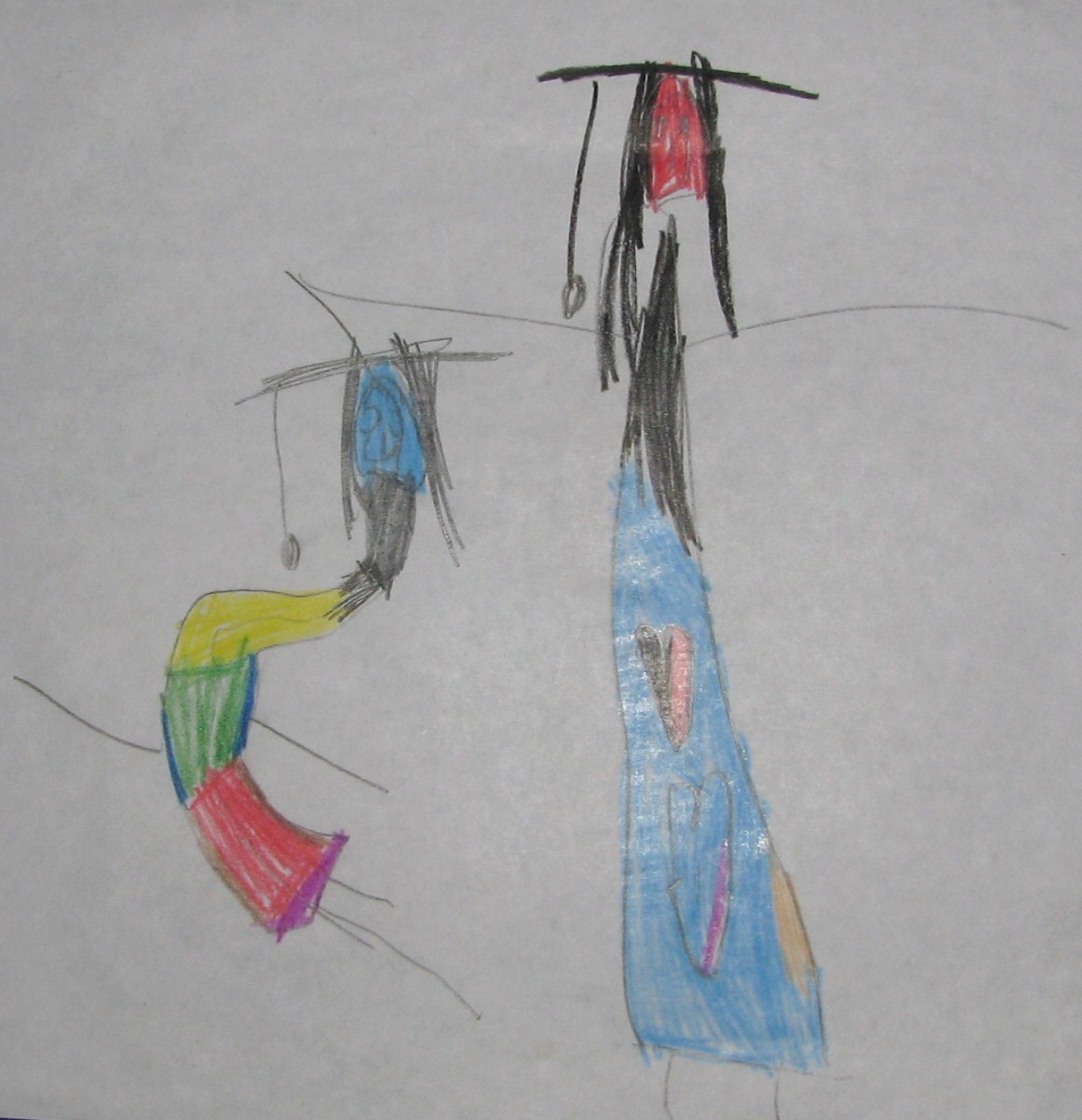 |
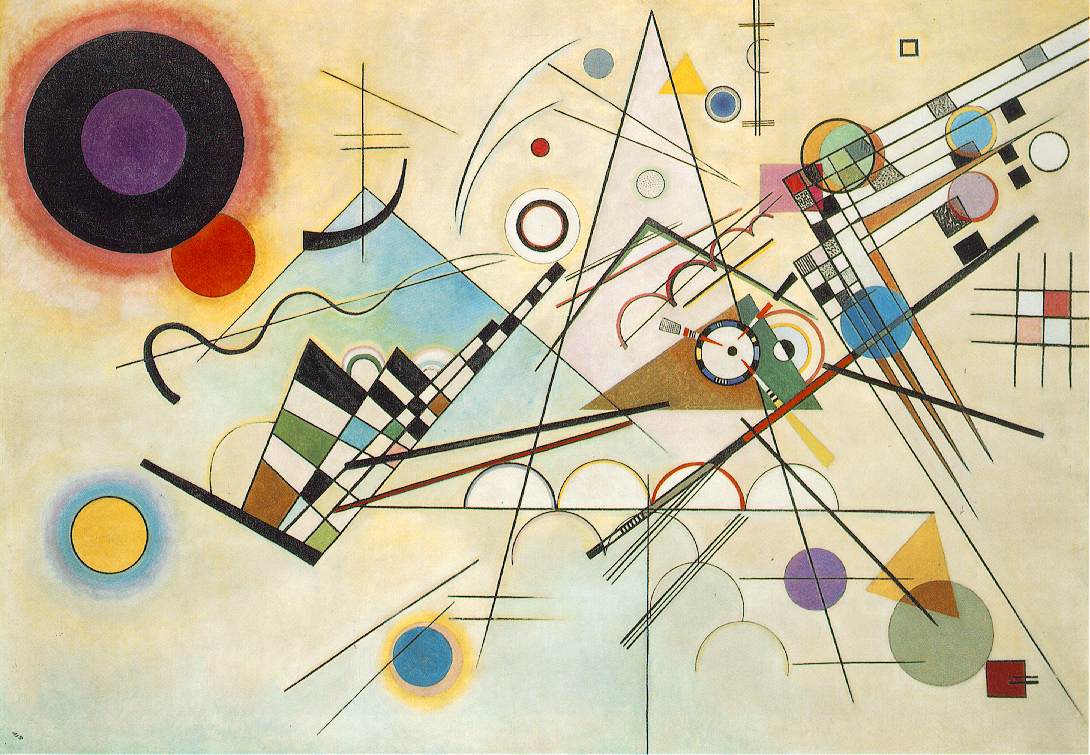 |
So what is art for a young child? It is nature, it is communication. It is a basic instinct.
Part 3, if art is nature, then why aren’t we all artists? Click here.
Technorati Tags: what is my art, preschooler art, child art, art product vs art process, is art nature or nurture, raja ravi verma, pontillism, impressionism, kandinsky, pollack, abstract expressions, what is modern art, do young children prefer modern art
My Experiments With Art
Author: utbt8 Dec 2009
Part 1 of many.
I have always wanted to be an artist.
I most definitely have the passion and the patience for it. But the environment I grew up in was different. I was expected to read my academic books and when I got bored, I had a choice of minding my own business without bothering the adults or browse through the college level books that were crammed in my house.
After I was born my father did his M.Phil and then his Ph.D in organic chemistry. This with a full time job as chemistry professor. The man would happily skip to college to do another degree in this ripe age of 64. For heavens sake, he did his M.Ed after he finished his Ph.D because he was going in to withdrawal. Last phone call, I became aware that he enrolled for Tamil Vedham class on Sundays because he is bored and misses learning. *Rolling eyes*
All this meant that my amma had extra responsibility at home. Oh! add two of my amma’s sisters to the equation. Yes, my two chithis were staying with us and went to school. When I was born the older chithi was 15 years old and the younger one was 13. Later the older one stayed with us and did her med school and the younger one did her engineering. Plus there were the usual obligations for my amma from both her mother’s side and in-laws side. So this translated to more expenses, lesser money, even more work for amma. So unless I was drawing something on my record notebook or for my school assignments, it was highly frowned upon.
But I wouldn’t exactly call it an environment devoid of art. My amma was an expert in kolam, embroidery, basket weaving, stitching and an occasional pencil sketching. When I say kolam it is not the small and simple apartment kolams. I am talking the 4 to 5 feet diameter free hand kolams, with symmetry. May be it was because my amma has been doing all this since she was six or seven, it had already become a daily chore and may be she just wanted to get it over with and move on to the next in her agenda. Or may be because my amma being the oldest daughter, she had been the ‘teacher’ for her four siblings. Though I was her first biological child, I was her last baby, so may be she thought she had time. Plus amma comes from the belief, ‘Kan parthu kai seiyanum’ which translates to you must look at how it is done and start doing it. Both my chithis studied ALL the time, but when they did an occasional art like painting a piece of pottery or drew something, they were awesome. Perfect work, absolute symmetry, great perspective…all this without any kind of practice.
So I must say that I kind of wanted to do art. Though I had owned only a couple of sets of sketch pens, one set of water colors and a few color pencils all through my childhood, I did it in a small way I could. The pictures in my record note books were outsanding. Then there was this phase in college where I was head over heels in to making my own greeting cards. But they were mostly cutesy stuff. So I wanted some one to hold my hands to do serious art.
I took art lessons when I was 23. My first formal exposure being water colors. At the time I took the class, I don’t think it went well at all. I found it so very hard to control the medium. I could follow the demo to some extent, but observational drawing/painting and drawing from memory were Greek and Latin. Perspective left me perplexed. Then there was capturing how the light falls, depth, color mixing, technique, layering, form and movement. I would recreate at home some of the techniques such as masking, texturing, sponging but from my experiments I found I had three limitations.
-I couldn’t bring out the depth.
-I was too careful with the paint. Every time I squeezed out paint, I found something holding me back. “Got to be careful, do not waste” mantra kept ringing again and again in my head. “What is wrong with not wasting?” one might ask, I will come back to it later.
-I was always copying. I would like a painting or a photograph and would want to recreate it.
Around this time, I saw Bob Ross on TV and I was dumbfounded. He made it look like a piece of cake and I believed that acrylics were my destiny. Unfortunately it was a very short-lived experience. I needed step-by-step guiding and the teachers I had were amazing artists but poor teachers. What seemed basic to them was a giant step for me and the gap couldn’t be bridged at all. So I stopped acrylics in 12 weeks.
Oh I must mention the one stroke painting phase! Inspired by Donna Dewberry, I painted everything in the house. Flower pots, plates, lazy susan, wood storage boxes, serving trays…. 😀
Next in line was oils and I must say that I loved it. Th teacher was amazing. All along I had worked on a white canvas, layering it with dark colors. But this time the teacher started me off with a black canvas and helped me bring out the light with every step. The fact that I could finish a portrait was a big deal for me. I was able to come up with a finished product that had depth, but I still had the other two limitations. This was around the time I was having my miscarriages and some old wife tale about heavy metals in oils and smelling turpentine fumes put a complete stop to any further development.
For a long time I had had my eyes on tanjore paintings. So I took a workshop and loved it. Again I must say that I had a wonderful teacher. I have made four tanjore paintings so far. One of which is hanging in my house and the other three are gifts. Lovely hobby, but expensive, both in terms of time and material.
Given my limitations and time restrictions I think my art experiments will be postponed for another 10 or so years. I am not giving up, because I enjoy the process of creating something even if it is a copy, but because I simply do not have the bandwidth for classes and practice. So I was clearing my art storage boxes in the garage, salvaging some stuff for the girls to use. All this got me thinking…..
What is art? How do I define MY art? How do I teach my children to find THEIR art?
Technorati Tags: art, art for young children, art for adults, my experiments with art
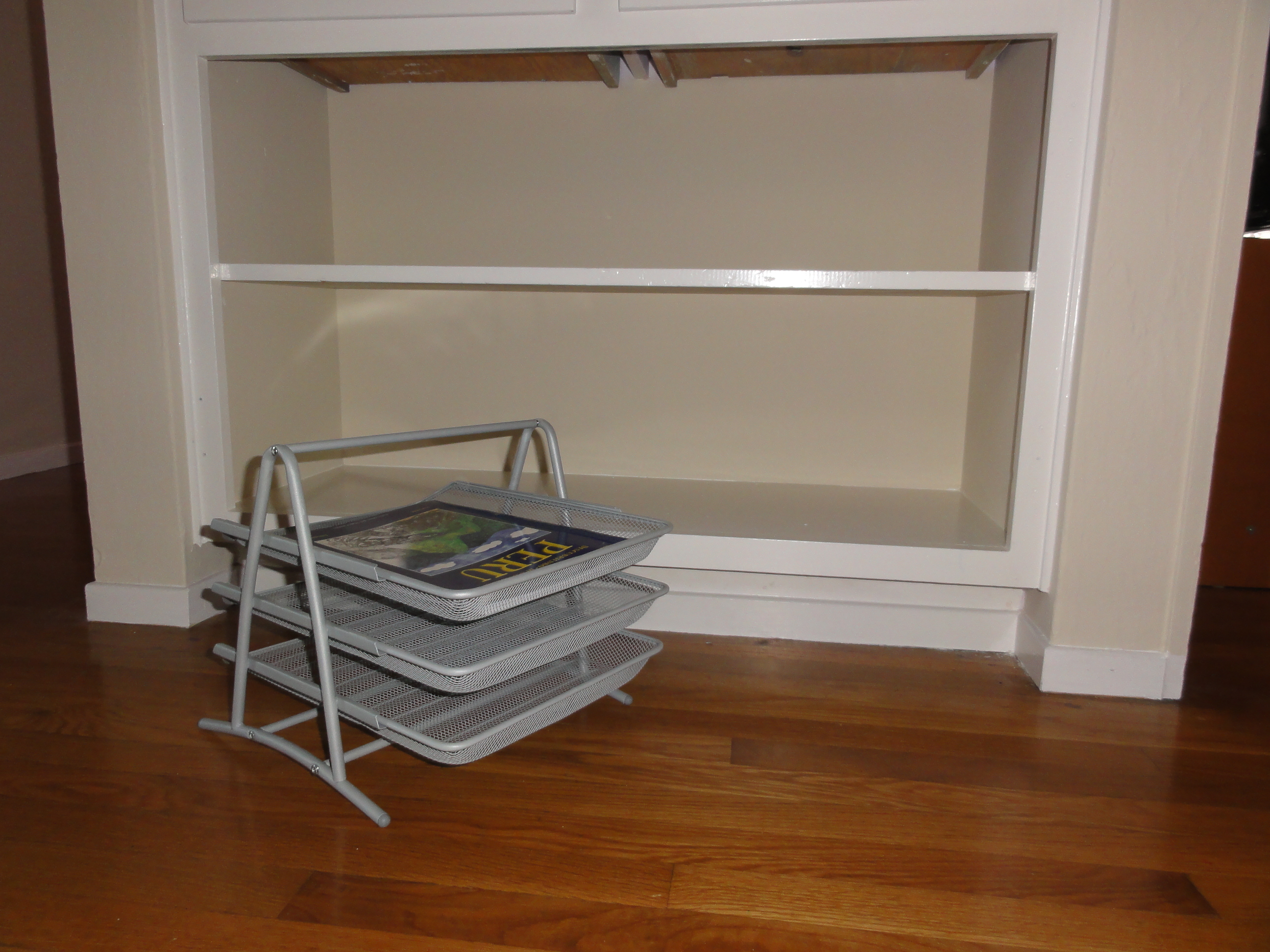
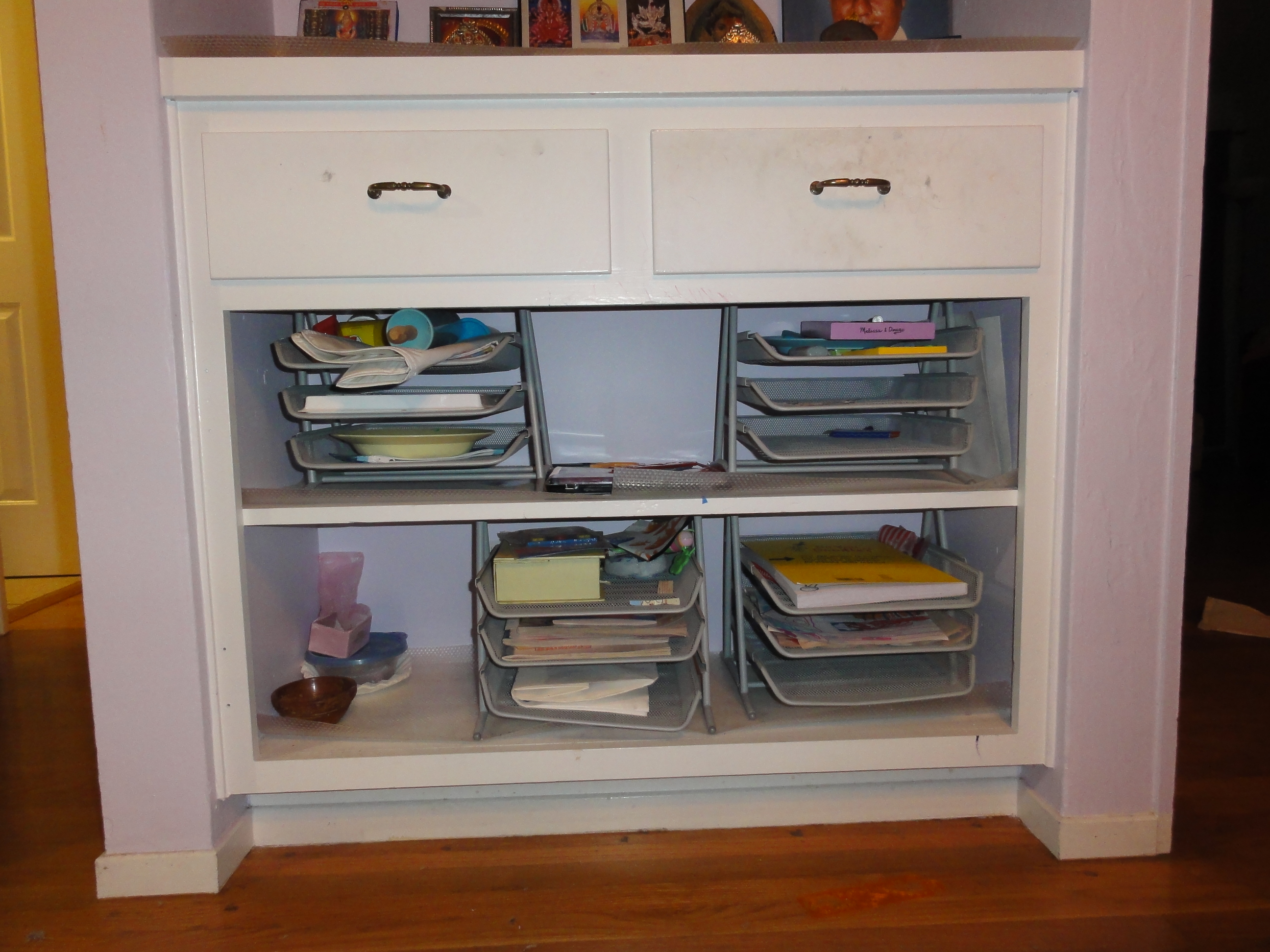
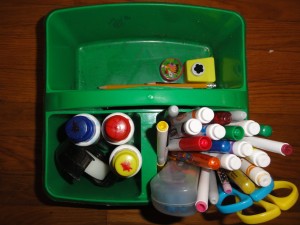
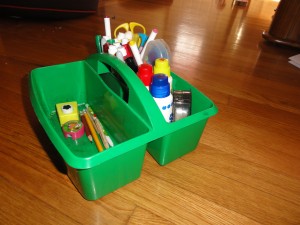
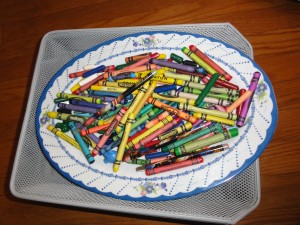
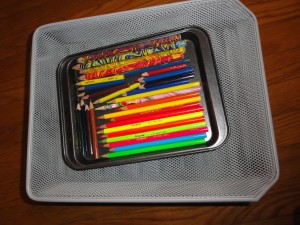
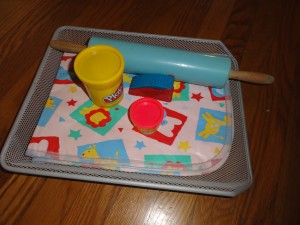
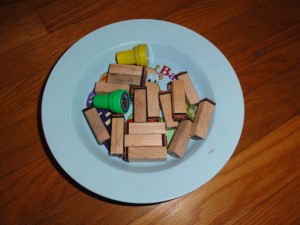

 (No Ratings Yet)
(No Ratings Yet)


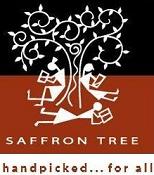
Recent Comments